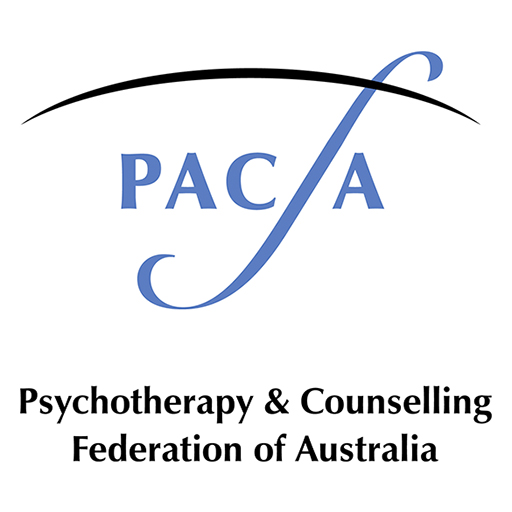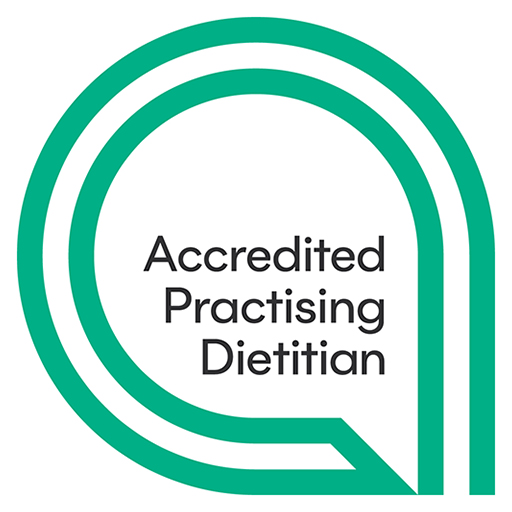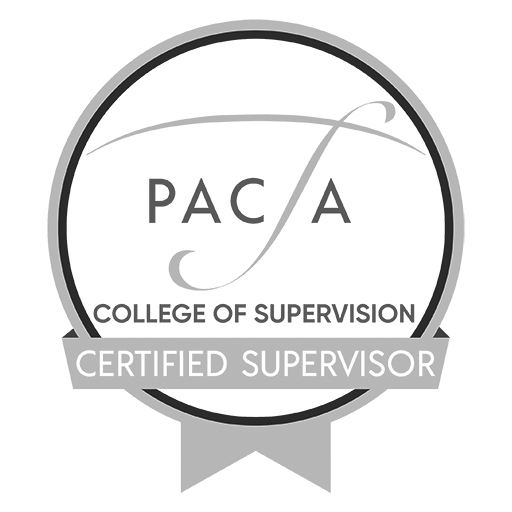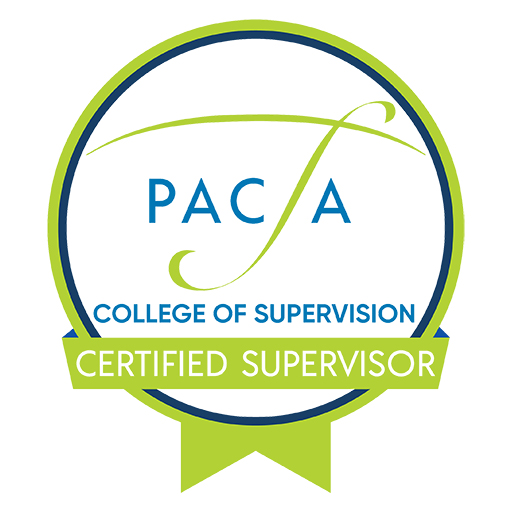Following in the footsteps of the first anniversary edition this issue collates a synopsis of the year’s issues with handy links to each issue’s full editorial. Due to the popularity of the 2014 CPD Quiz a 2015 CPD Quiz has been included in the Purple Pavestone box at the end of the issue summaries. You can buy the quiz to test your knowledge and convert your dedicated reading of Practice Pavestones into assessed CPD hours for your APD renewal…..just around the corner. Please support Pavestones by sending on to APD colleagues who may be looking for great value assessed self-study in this vital area of practice.










